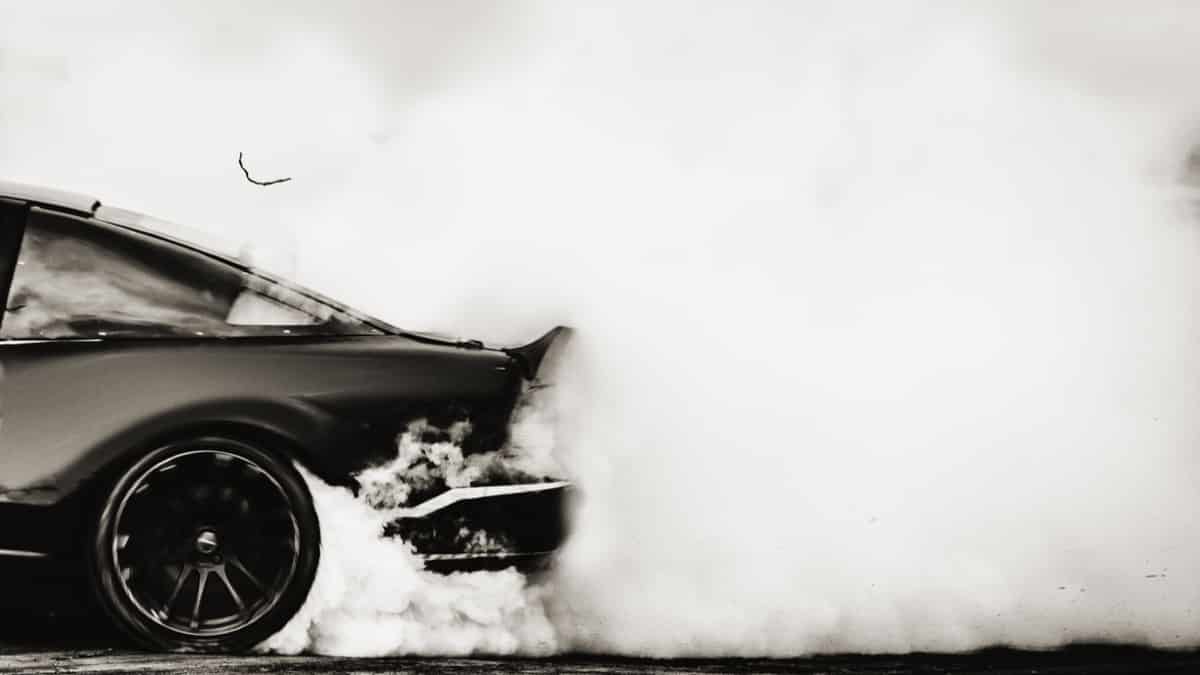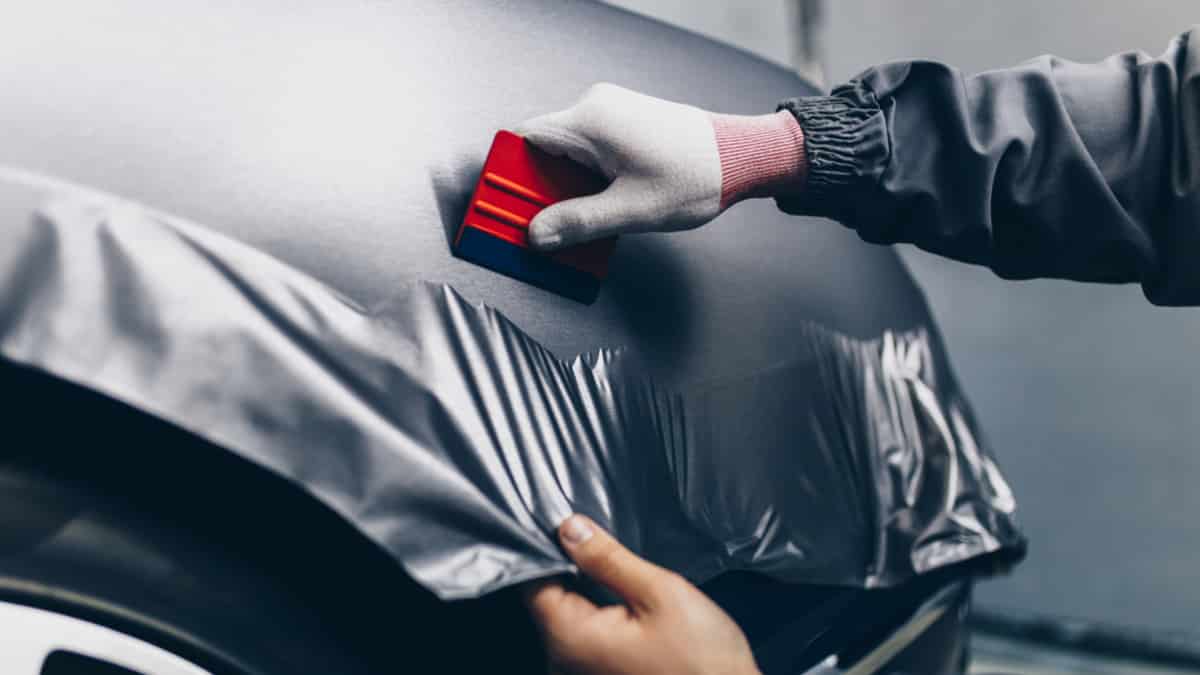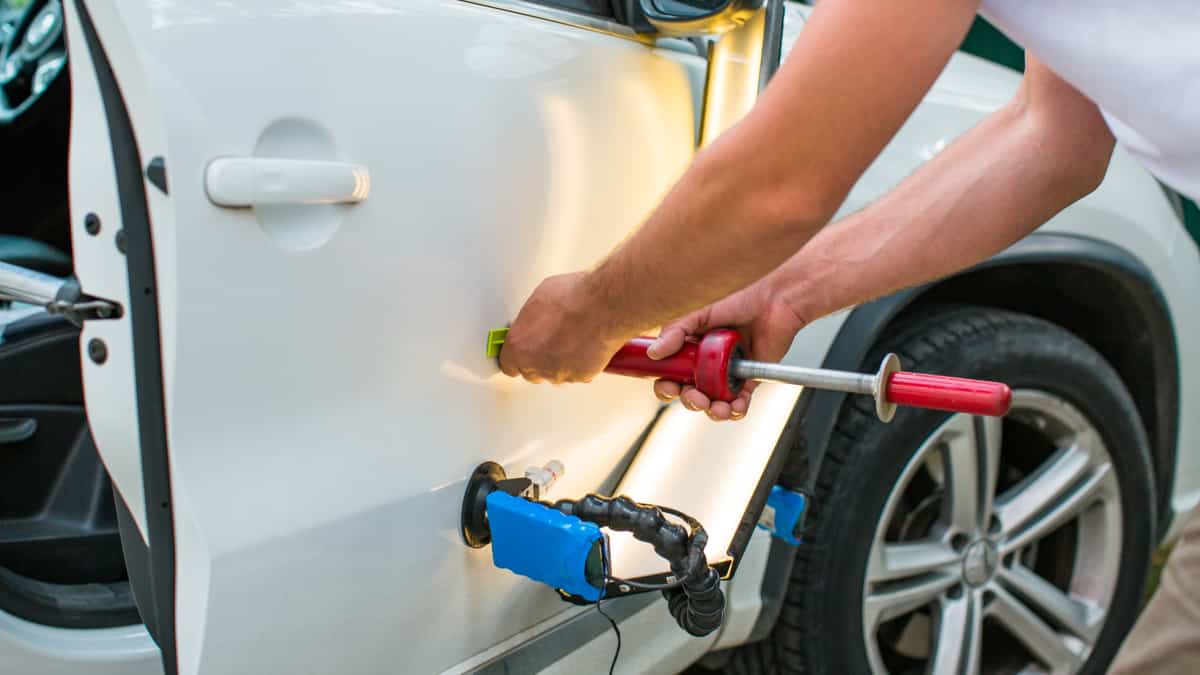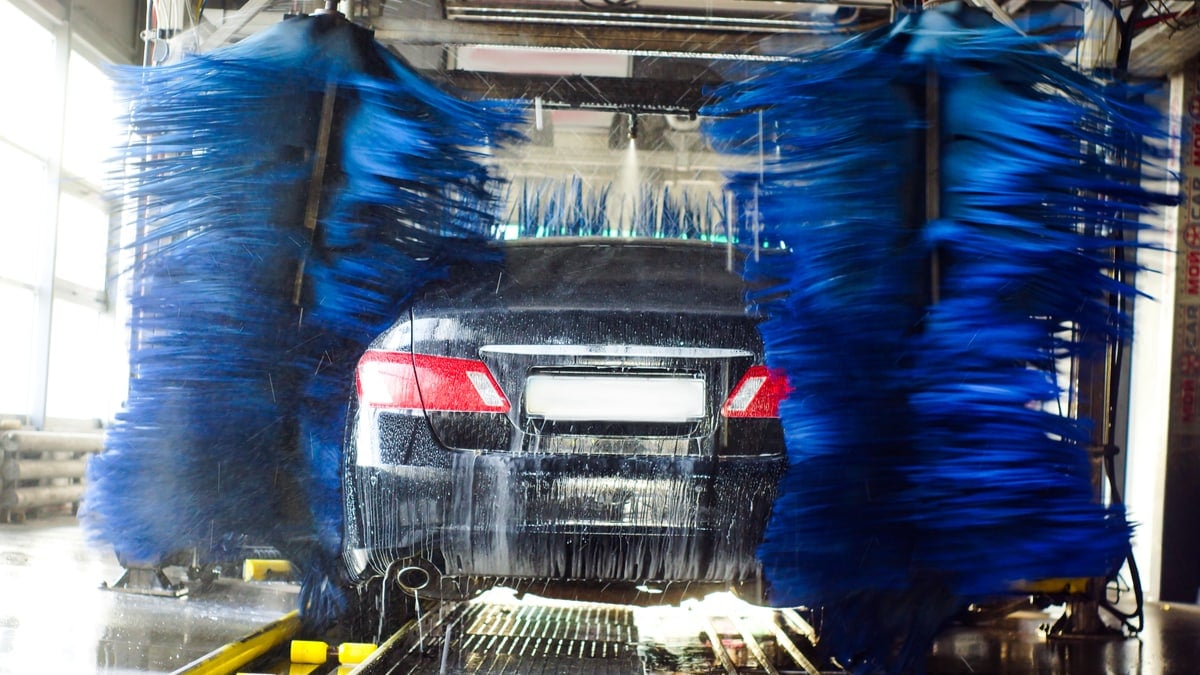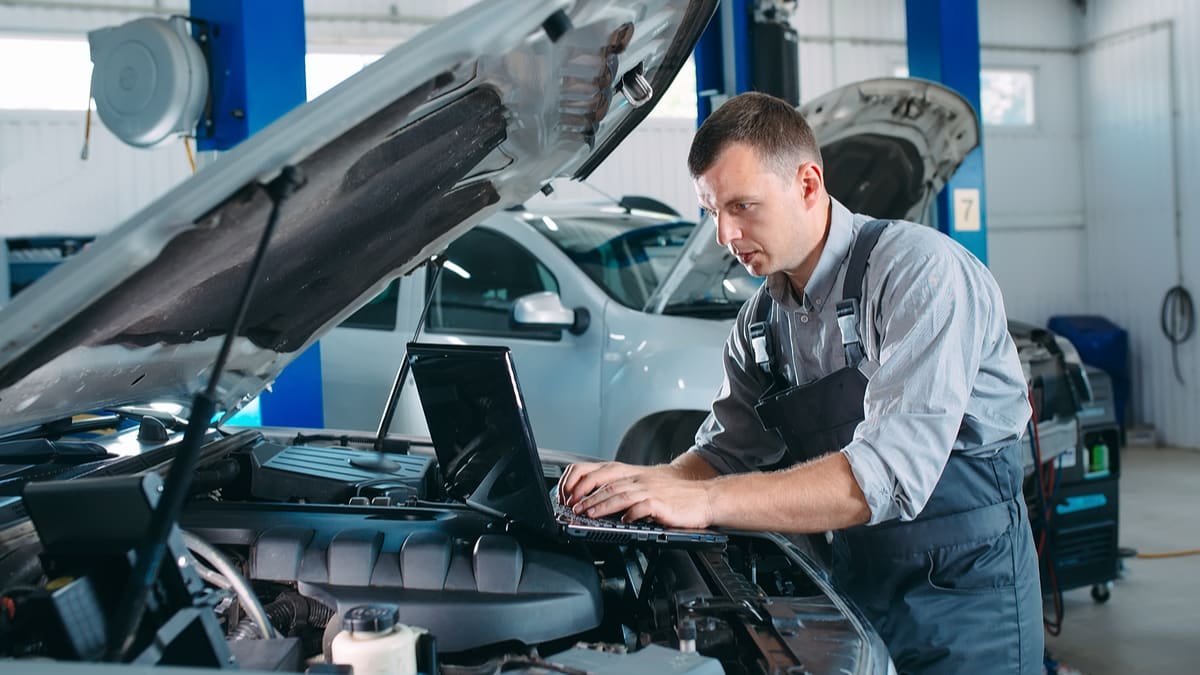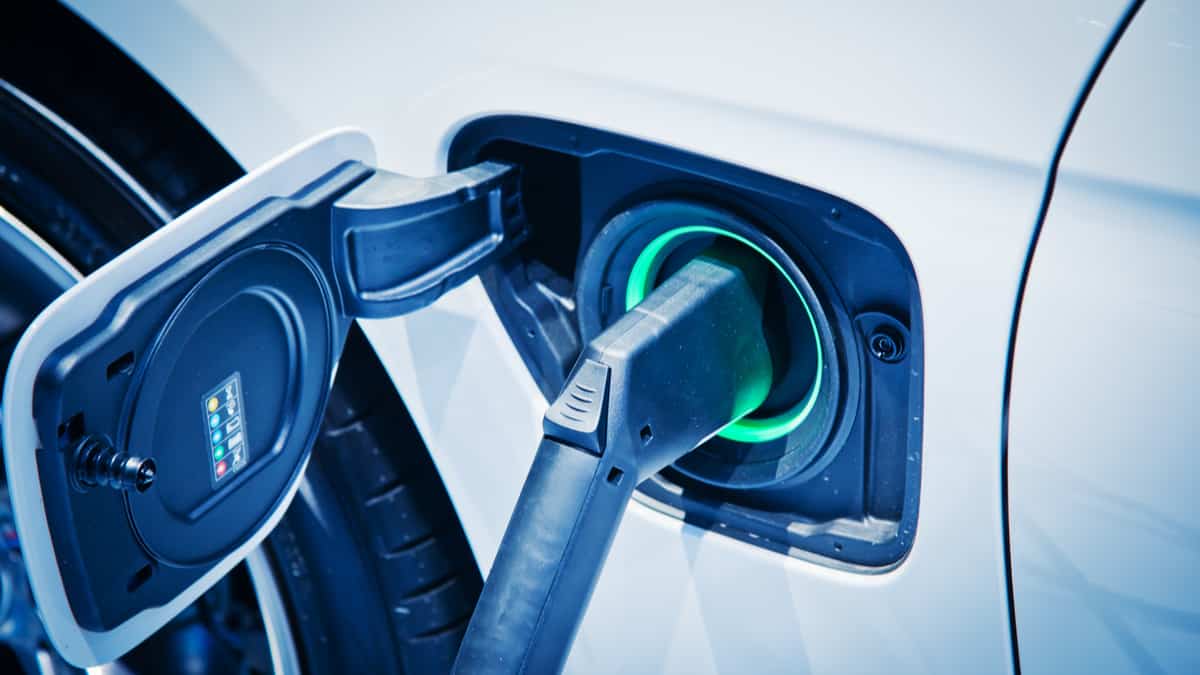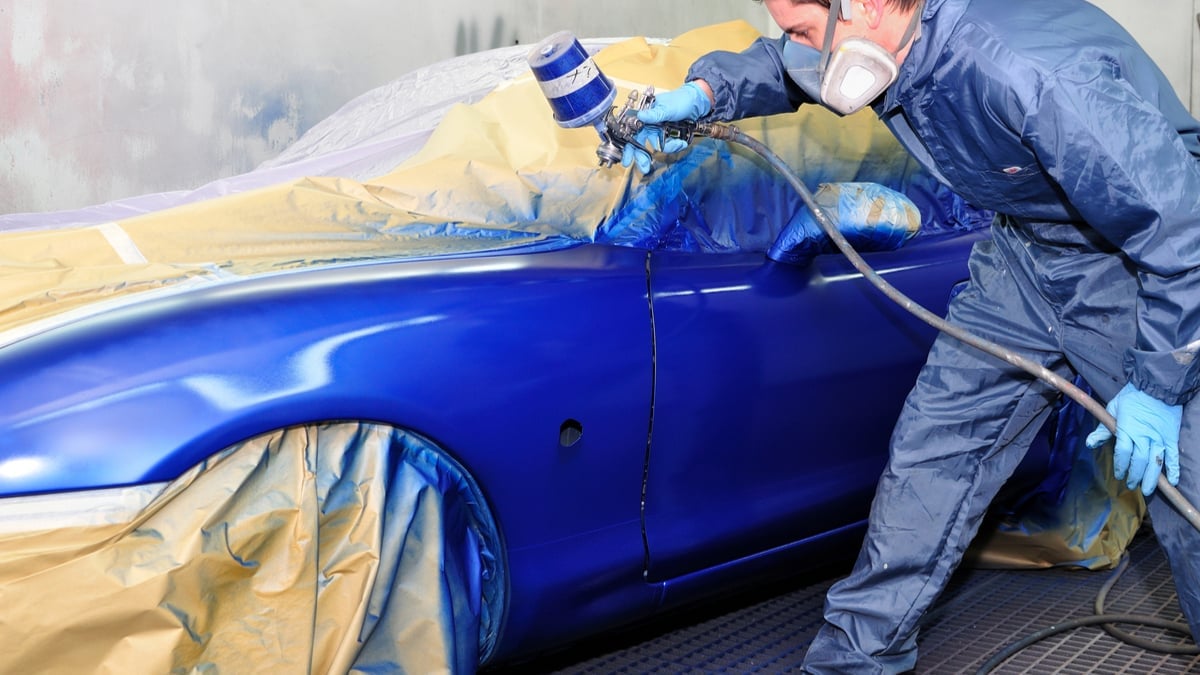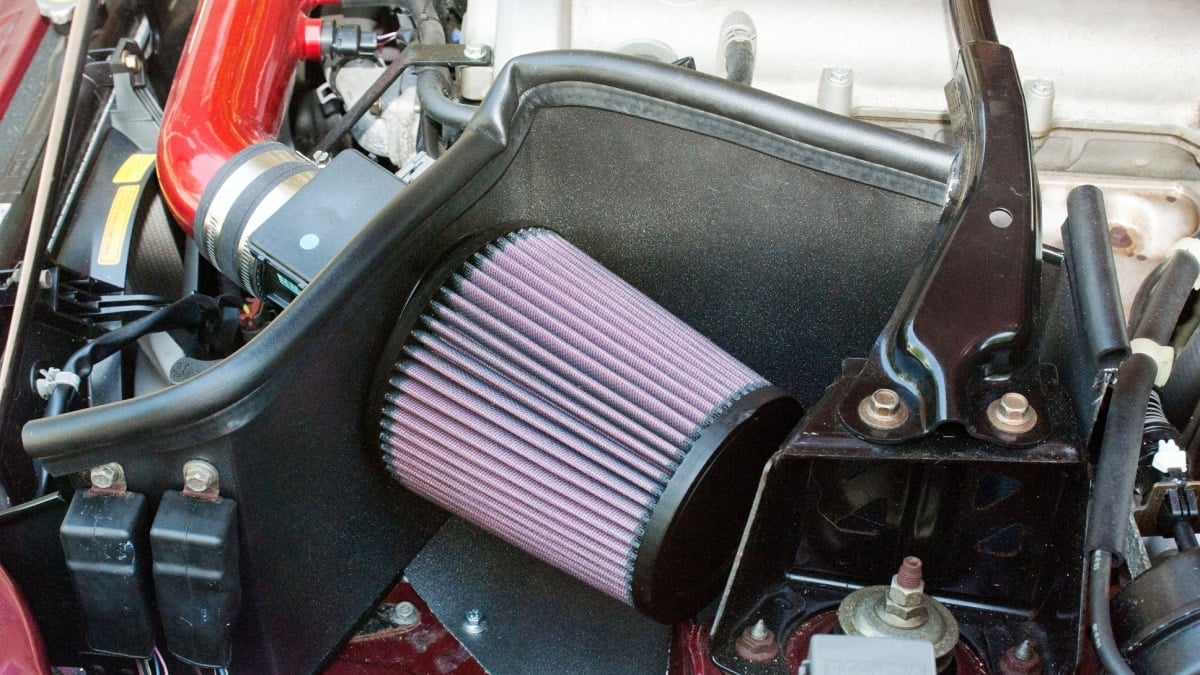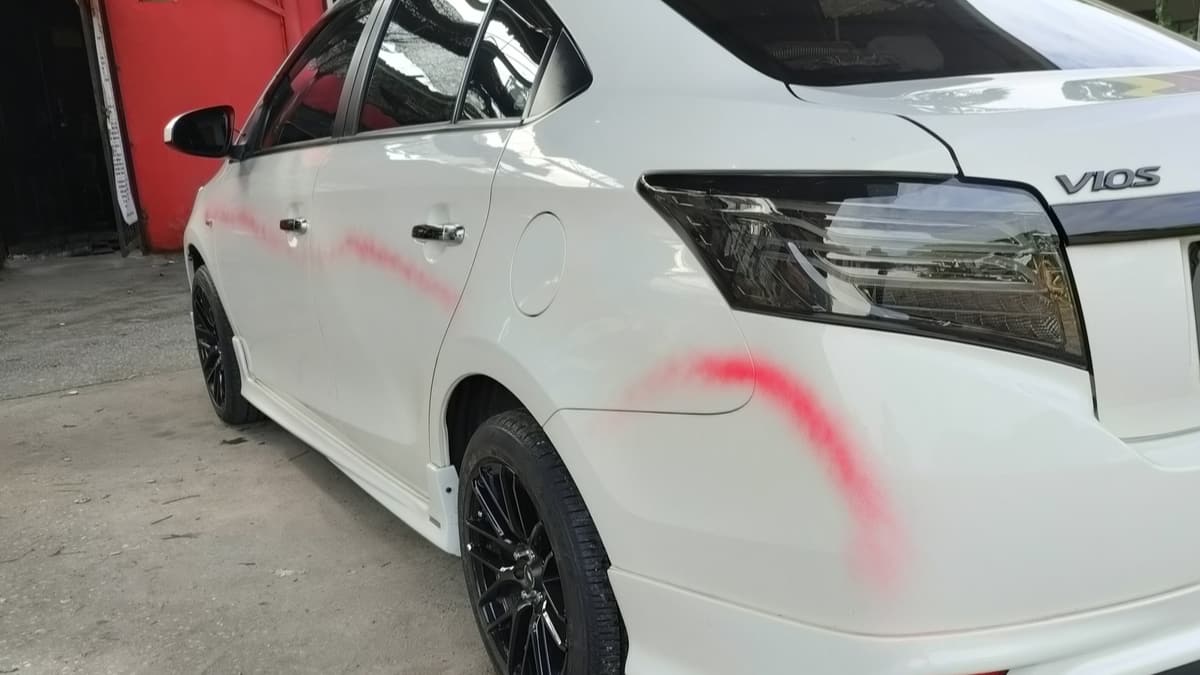If there’s something you simply can’t have too much of, it’s horsepower and torque in your car. When you shop for a vehicle, you pay close attention to the level of performance it provides, but what do you do if you want more? I have some simple ways to increase your car engine’s horsepower and torque.
Some of these suggestions are low-cost, while others are going to be more expensive. Implement one and see how it works, or opt for several to fine-tune your vehicle’s performance. Here’s the full list of how to increase your car’s horsepower and torque:
How to Add Horsepower and Torque to a Car
The easiest way to add horsepower and torque to a car is by doing a performance chip tuning to your ECM. You can also install a cold air intake or install a bigger exhaust system to get even more power.
Here are some more detailed steps on how to add horsepower to your car:
1. Install a Cold Air Intake
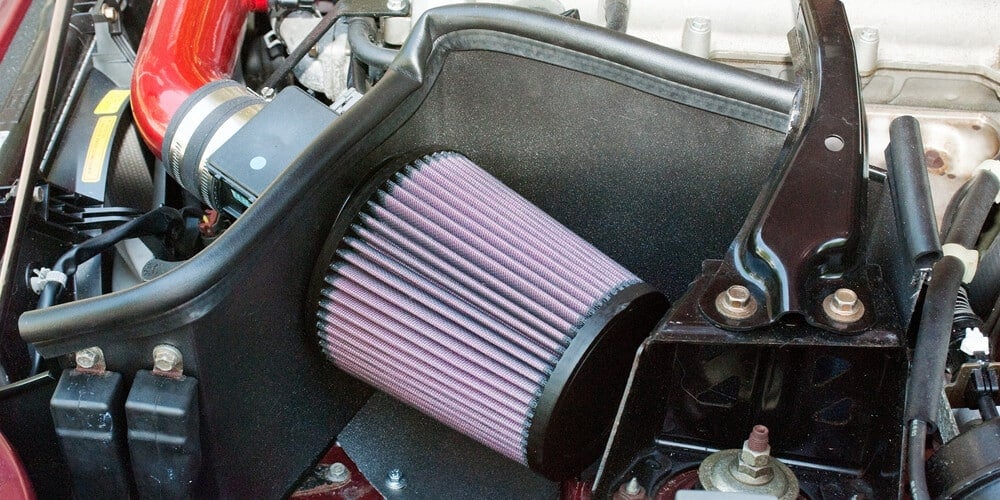
Cold air is dense air. When the air is colder, there is more of it per volume. It’s the same condition you see when you take a balloon into the colder air. However, you can use this concept to your advantage with engine performance.
The denser the air is, the more of it will enter the motor. As more air molecules mix with the fuel, you will notice more power. Basically, the better the engine is breathing air, the more power potential there is to enjoy.
With a high-performance cold air intake, you ensure that massive amounts of cold air are pulled into the engine. In some cases, cold air intakes can pull in three times the amount of air compared with factory intakes.
More: 10 Best Cold Air Intake Kits
2. Flash the Computer
With a simple device, it’s easy to reprogram your vehicle’s computer. Some models even include pre-set configurations for more horsepower, increased torque, or for a more efficient operation. Depending on which tuner you use, you can gain a lot of horsepower.
However, recent laws have begun cracking down on some of these systems, because they alter fuel efficiency and emissions. You will need to do some research to determine which ECU tuner is appropriate for your application.
This can be very cost-efficient, especially if you have a turbo car. Then you can often expect gains of 10-50 horsepower from one tune at a price of $100 to $800.
3. Add a High-Performance Exhaust System
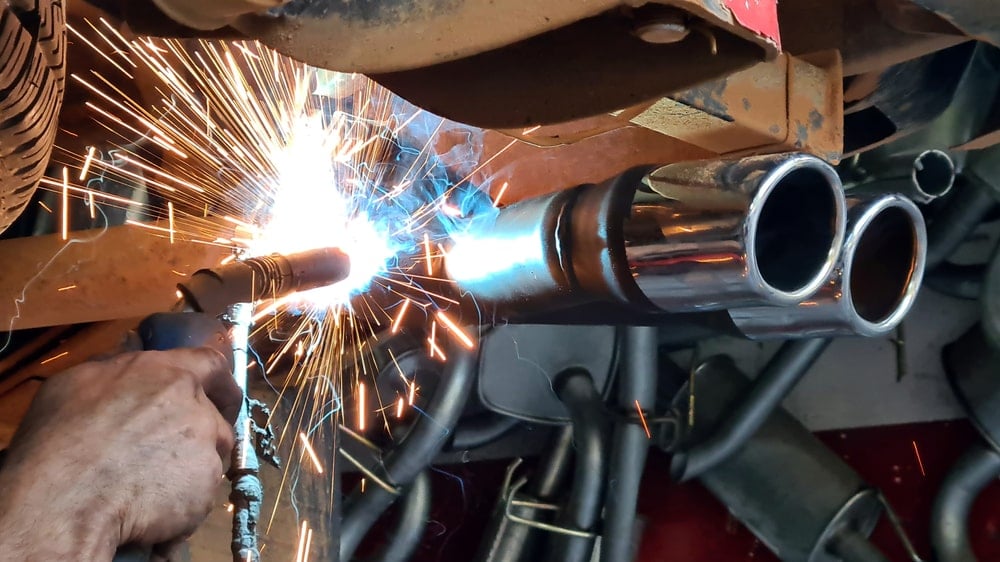
The exhaust system needs to be functional for maximum performance. An exhaust system contains everything from the engine back, including the headers or exhaust manifold, the downpipe, a resonator, the catalytic converter, and a muffler.
You can upgrade all of these parts or just one, depending on your budget. With a free-flowing exhaust system, you gain piping with a larger diameter. This design ensures that your car expels exhaust faster, allowing it to inhale oxygen sooner. The longer this process takes, the more power reduction you will notice.
Related: Straight Pipe Exhaust – Advantages vs Disadvantages
4. Install a Supercharger
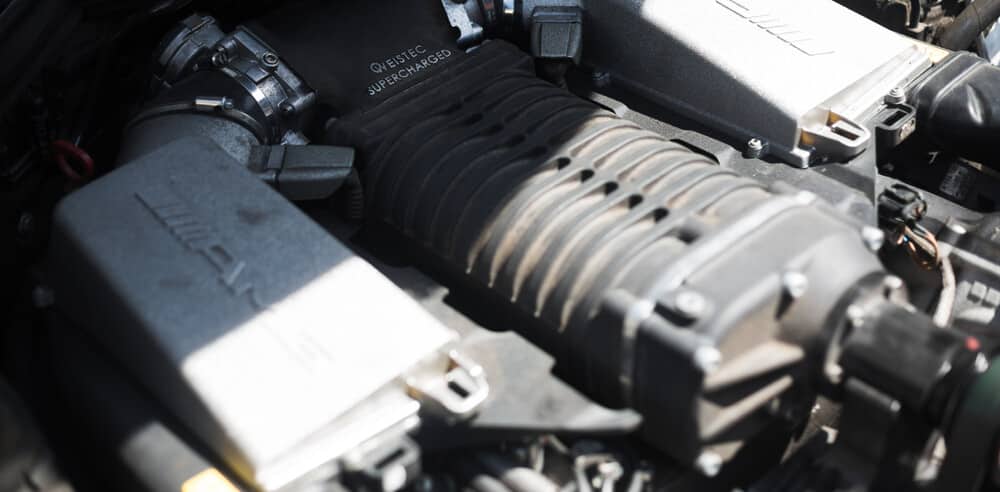
Superchargers benefit the power and torque of your car engine similar to the way the cold air intake does. However, the supercharger is compressing the fuel and air to boost power by over 50% in some cases.
Superchargers have several benefits over the turbocharger. Because it is a belt-driven design, it works best on six-cylinder motors. Plus, you don’t need to install an intercooler, so there are fewer components to break.
Additionally, the supercharger is easier to install than the turbocharger in most cases. However, they aren’t cheap. You will need to pay for this kind of instant power that’s received when you push on the accelerator.
5. Install a Turbocharger
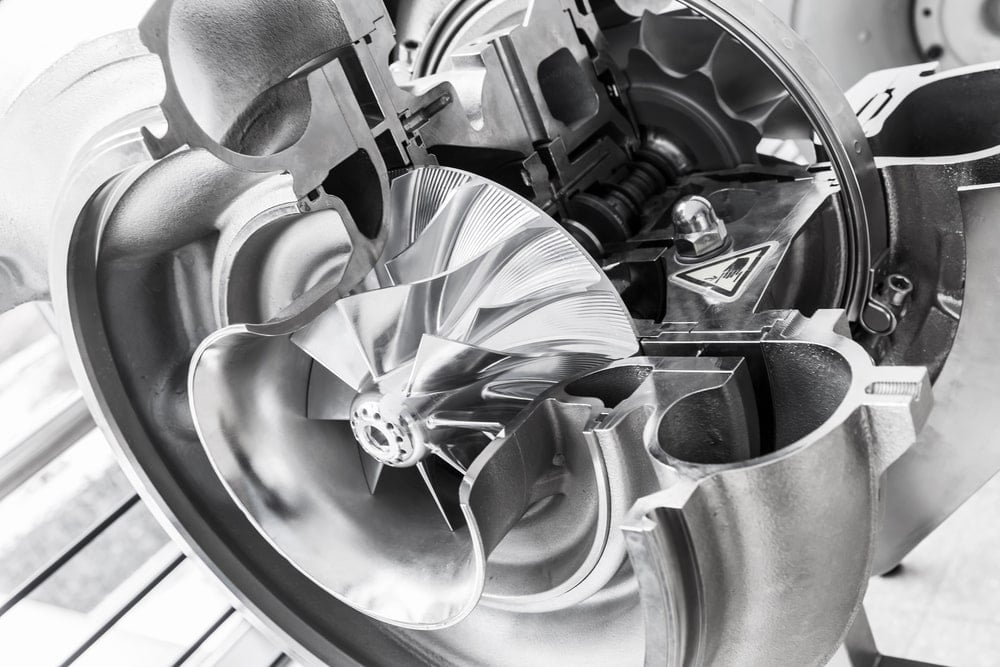
A supercharger receives its power from the belt that connects to the engine, while a turbo receives power from the gases moving through the exhaust. Because the turbocharger recycles energy, it’s considered to be an extremely efficient upgrade.
However, turbochargers are also subject to what’s known as a lag or delay. Additionally, you might only achieve an estimated 25% horsepower increase with a turbo, which is less than with a supercharger.
RELATED: What is Turbo Lag & Turbo Spool?
6. Add a Nitrous Kit
Nitrous became popular with the Fast & Furious franchise, but it’s been around for far longer. Basically, the nitrous kit operates as a portable turbo or supercharger, allowing you to transfer it between various vehicles with ease.
Nitrous is found in a can that makes more air. As with the air intake, the more air pumped into the engine, the more power you will notice.
However, some states have banned the use of NOS kits, making them illegal to use. They can also cost anywhere from $900 to $3,000, so you will spend a lot to get one installed. With that said, you can combine a nitrous kit with your supercharger or turbocharger for maximum power.
7. Install a Performance Camshaft
The camshaft is responsible for the timing and duration of the valve openings. By changing this function and the timing, you can boost acceleration and horsepower from the car engine.
A high-performance cam allows you to achieve the changes you want. However, this isn’t a cheap upgrade, and it is going to make your engine louder – though that isn’t always a negative!
8. Perform a Tune-Up
The easiest way to boost horsepower and improve performance is to perform regular tune-ups. If the car has old, defective parts, the engine isn’t going to be optimized.
Start with regular oil changes. As the oil gets dirty and contaminated, it allows more friction to occur. Not only does this harm the performance, but it causes more wear to the engine. Conventional oil should be changed every 3,000 miles, while many synthetic oils last up to 10,000 miles. Don’t forget to change the oil filter at the same time.
RELATED: How Much Does a Tune-Up Cost?
While I am on the subject of filters, you want to change the air filter as well. If the engine can’t breathe, you can’t expect it to output the maximum horsepower.
Finally, if you are noticing performance issues, you want to check the spark plugs. New spark plugs are essential to creating more performance, which is why you should consider upgrading to iridium over the factory copper plugs that were installed.
While these maintenance tasks aren’t going to create more horsepower beyond factory specifications, they will ensure that your engine is producing everything it is capable of.
